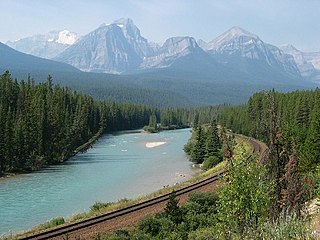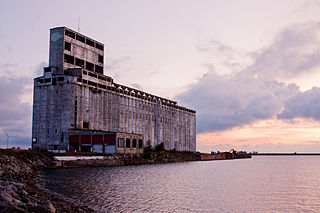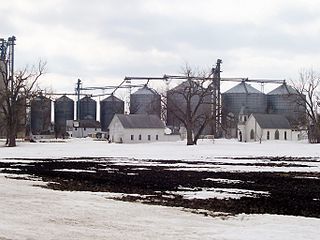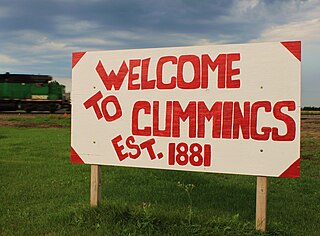| Farrow | |
|---|---|
| Unincorporated community | |
| Coordinates: 50°41′11″N113°24′16″W / 50.68639°N 113.40444°W | |
| Country | |
| Province | |
| Region | Southern Alberta |
| Census division | 5 |
| Municipal district | Vulcan County |
| Government | |
| • Governing body | Vulcan County Council |
| Time zone | MST (UTC-7) |
| Postal code span | List of T Postal Codes of Canada |
| Area code(s) | +1-403 |
| Highways | Highway 24 (2km north) |
| Railways | Canadian Pacific |
Farrow is an unincorporated community in Vulcan County, Alberta, Canada. The community is located 5 km off of Highway 24 on Township road 202, about 25 km north of Vulcan and 82 km southeast of the City of Calgary. The community has been completely abandoned and is now owned by a local farmer (no trespassing). Most of the remaining buildings of the former community including a Church/school, a house, a fallen store, and out buildings have all been demolished completely. The remains can now be seen from aboard the Aspen crossing railway.

In law, an unincorporated area is a region of land that is not governed by a local municipal corporation; similarly an unincorporated community is a settlement that is not governed by its own local municipal corporation, but rather is administered as part of larger administrative divisions, such as a township, parish, borough, county, city, canton, state, province or country. Occasionally, municipalities dissolve or disincorporate, which may happen if they become fiscally insolvent, and services become the responsibility of a higher administration. Widespread unincorporated communities and areas are a distinguishing feature of the United States and Canada. In most other countries of the world, there are either no unincorporated areas at all, or these are very rare; typically remote, outlying, sparsely populated or uninhabited areas.
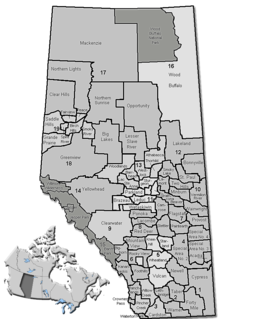
Vulcan County is a municipal district in Alberta, Canada. Located in Census Division No. 5, its municipal office is located in the Town of Vulcan.

Alberta is a western province of Canada. With an estimated population of 4,067,175 as of 2016 census, it is Canada's fourth most populous province and the most populous of Canada's three prairie provinces. Its area is about 660,000 square kilometres (250,000 sq mi). Alberta and its neighbour Saskatchewan were districts of the Northwest Territories until they were established as provinces on September 1, 1905. The premier has been Rachel Notley since May 2015.
Contents
Farrow was originally known as Glenview or Randle for a short time. The name was changed to "Farrow" the maiden name of the wife of the Superintendent of the C.P.R. at that time.


